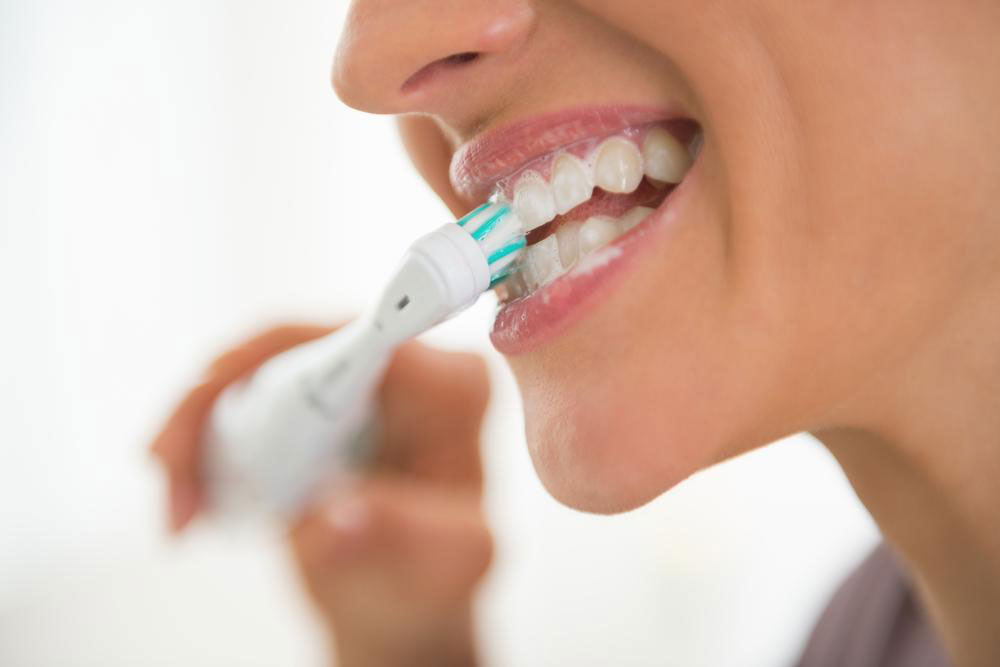Comprehensive Approach to Detecting and Managing Halitosis for Fresh Breath
Effective management of halitosis requires understanding its causes, regular dental check-ups, and adopting good oral hygiene routines. This comprehensive approach includes professional cleanings, home remedies like tongue scraping and hydration, and addressing underlying medical conditions. Proper diagnosis and personalized treatment strategies can significantly reduce bad breath, improving confidence and social interactions. Incorporating lifestyle changes and maintaining routine dental visits are crucial steps toward long-term oral health and fresh breath, making halitosis management effective and sustainable.

Understanding and Effectively Managing Halitosis
What is halitosis?
Halitosis, widely recognized as "bad breath," refers to an unpleasant odor emanating from the mouth that can significantly impact personal confidence and social interactions. This condition affects a broad range of individuals worldwide, making it a common but often misunderstood issue. Recognizing the underlying causes of halitosis is crucial in devising effective strategies for detection, management, and treatment, thereby enhancing overall oral health and quality of life.
Primary causes of halitosis include:
The most prevalent reason for bad breath is poor oral hygiene. When individuals neglect proper dental care, food particles remain lodged on the tongue, gums, and teeth. This accumulation creates a breeding ground for bacteria, especially anaerobic bacteria that thrive in low-oxygen environments. These bacteria produce sulfur compounds such as hydrogen sulfide and methyl mercaptan, which are responsible for the foul odor associated with halitosis. Inadequate brushing, infrequent flossing, and lack of routine tongue cleaning can significantly contribute to bacterial buildup, amplifying the problem.
Less common but noteworthy causes involve:
Medical conditions like chronic kidney failure, liver dysfunction, and uncontrolled diabetes can result in distinctive halitosis due to the accumulation of toxins that are exhaled through the breath.
Use of tobacco products introduces chemicals that contribute to persistent bad odor and damages oral tissues, creating an environment conducive to bacterial growth.
Dry mouth, medically termed xerostomia, diminishes saliva production, impairing the natural cleansing process of the mouth and facilitating bacterial proliferation.
Additionally, other factors such as stress, sleep snoring, aging-related changes, and hormonal fluctuations may influence the odor profile of breath, often complicating diagnosis. Odor originating from the back of the tongue can also be a sign of nasal mucus buildup or post-nasal drip, which requires separate attention. Although simple hygiene practices like regular brushing and rinsing mouth with antiseptic mouthwash can alleviate transient bad breath, persistent halitosis warrants professional evaluation due to its complex etiology.
Persistent halitosis affects millions globally, emphasizing the importance of early detection and proper management strategies.
Understanding various causes, from hygiene to underlying medical conditions, helps guide appropriate treatment plans.
Addressing lifestyle factors such as smoking and hydration can significantly improve breath freshness.
Combining professional dental care with effective home remedies ensures comprehensive management.
Continuous awareness and regular dental check-ups are vital for those prone to chronic bad breath.
Diagnosis:
Accurate diagnosis is essential for effective treatment. Regular dental check-ups play a vital role in detecting halitosis early. Dentists evaluate oral health, identify potential sources of odor, and recommend personalized treatment plans. Sometimes, medical tests may be necessary to rule out systemic conditions contributing to halitosis, especially if oral hygiene is optimal.
Treatment options:
Managing halitosis depends on its underlying cause and severity. The cornerstone of treatment involves improving oral hygiene practices. Brushing teeth at least twice daily, preferably after meals, is essential. Using medicated mouth rinses containing antibacterial agents like chlorhexidine can help reduce bacterial load. Dentists might also recommend tongue scraping or cleaning with a toothbrush to eliminate bacteria residing on the tongue's surface, often a major odor source.
Professional dental cleanings can effectively remove tartar and bacterial deposits, especially if gum disease or periodontal issues are present.
Restorative procedures, such as fillings or periodontal therapy, may be necessary if decay or gum diseases are contributing factors.
Home care tips to prevent halitosis:
Maintaining fresh breath is achievable through consistent routines. Flossing daily removes trapped debris between teeth, preventing bacterial growth. Regular tongue cleaning with a tongue scraper or soft brush effectively reduces bacteria and volatile sulfur compounds. Staying well-hydrated by drinking plenty of water promotes saliva production, which is vital for natural cleansing. Avoiding foods and habits that promote bad breath, such as garlic, onions, smoking, and alcohol, further supports oral freshness. Lastly, scheduling routine dental visits ensures early detection of potential problems and comprehensive care.





